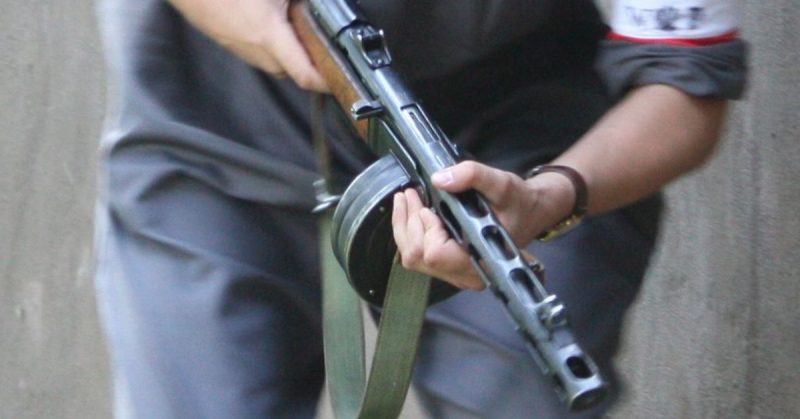The Soviet PPSh-41 submachine gun was one of the most common weapons of the Second World War. The famous modification of the PPSh with a drum magazine has become one of the symbols of the Soviet soldier on the Eastern Front of WWII in Europe.
Various modifications of the PPSh appear in both foreign and Soviet films about WWII. In addition, as this submachine gun is part of the textbook image of the Soviet soldier-liberator, it was immortalized in a huge number of monuments that were located in the Soviet Union and Eastern European countries.
The 1941 model was developed in 1940 by designer Georgy Shpagin and at the end of 1940 adopted by the Red Army. It used a 7.62 × 25 mm cartridge. By the end of the war, about 55% of Soviet soldiers were armed with it.
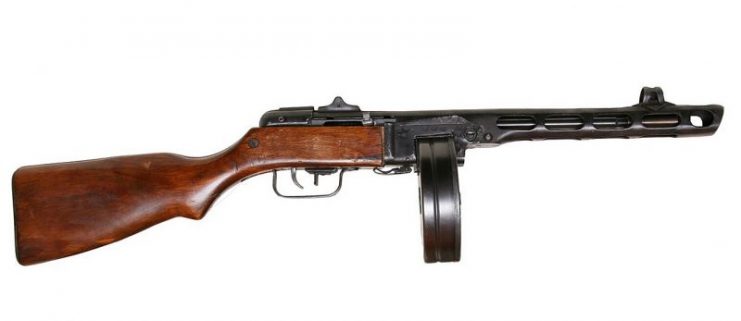
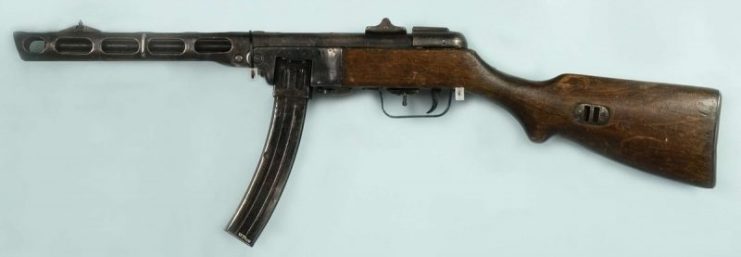
In 1940, the USSR People’s Commissariat of Arms made a request for a submachine gun that was close to or superior in performance to the PPD-34/40 submachine gun. In addition, the new submachine gun had to be adaptable for mass production, including, if necessary, in non-core enterprises.
By the autumn of 1940, designers George Shpagin and Boris Shpitalny submitted two prototypes for consideration. In the course of testing samples at the end of November 1940, it was discovered that the Shpagin submachine gun had similar fighting qualities to the ShKAS machine gun, but was more technological.
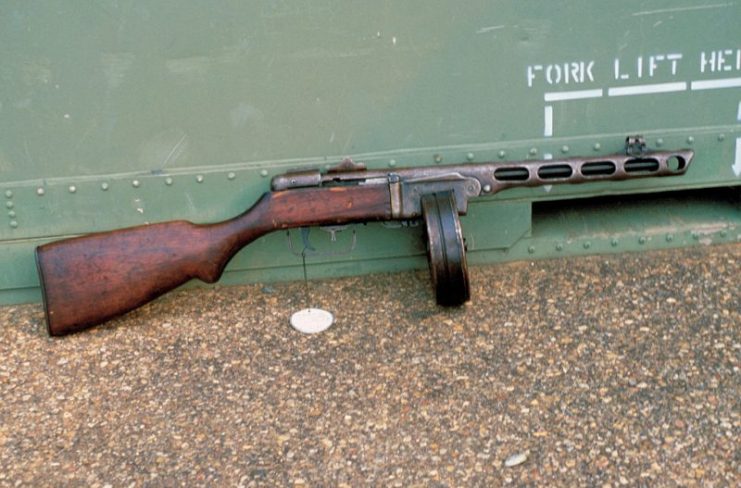
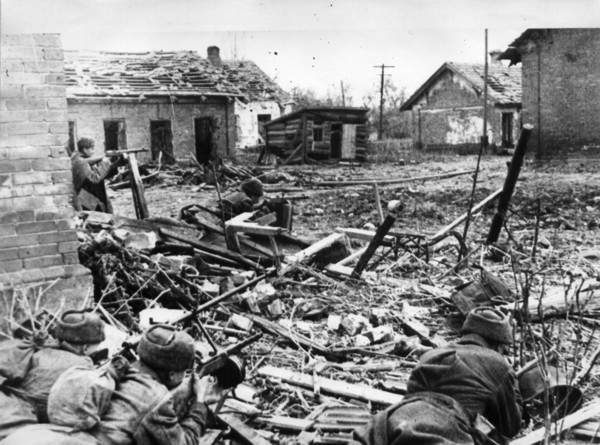
In his book History of Soviet Small Arms and Ammunition, Doctor of Historical Sciences David Bolotin noted the superiority of the PPSh, saying that “the survivability of the sample designed by Shpagin was tested with 30,000 shots, after which the submachine gun showed satisfactory accuracy of fire and good condition of parts…. [The tests] allowed the judgment of the reliability of weapons, along with combat qualities.”
In October 1940, the first test batch of 25 pieces was manufactured. After more technological evaluations and testing were carried out, the Shpagin submachine gun received good reviews and was adopted by the Red Army on December 21, 1940.
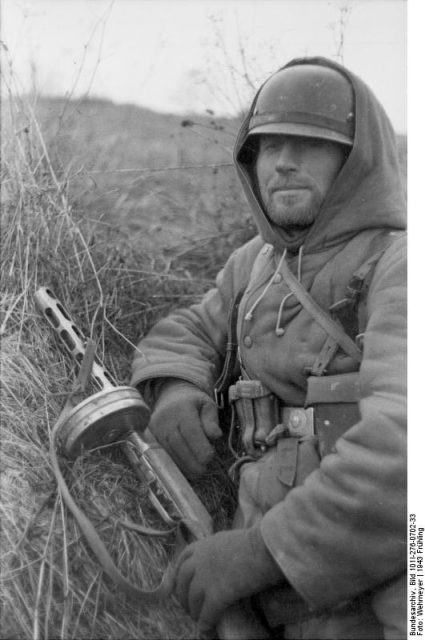
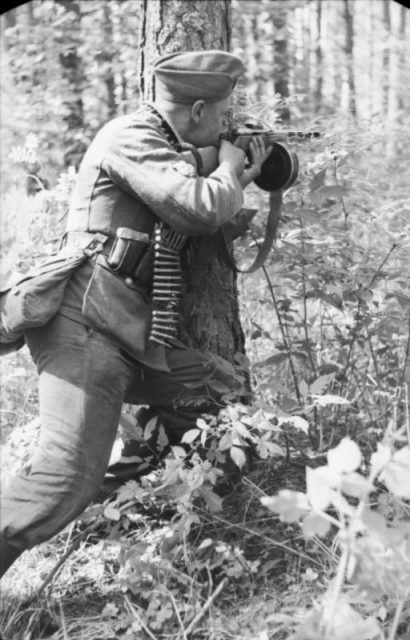
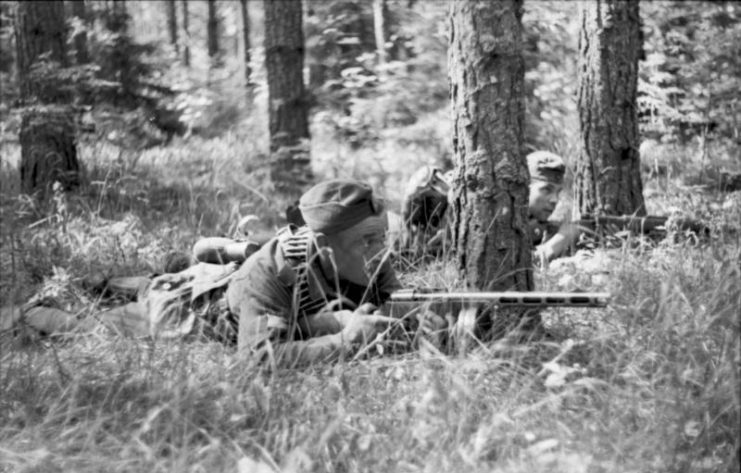
During 1941, approximately 90,000 pieces were manufactured, and in 1942 another 1.5 million of the weapons were sent to the front. In total, about 6 million copies of this submachine gun were made during the war years.
Manufacturing did not require materials that were scarce in wartime, such as high-strength alloy steels. Most of the PPSh’s parts were made by stamping with press equipment that was available at any industrial enterprise. The barrel of the weapon was made predominantly by rough milling or turning.
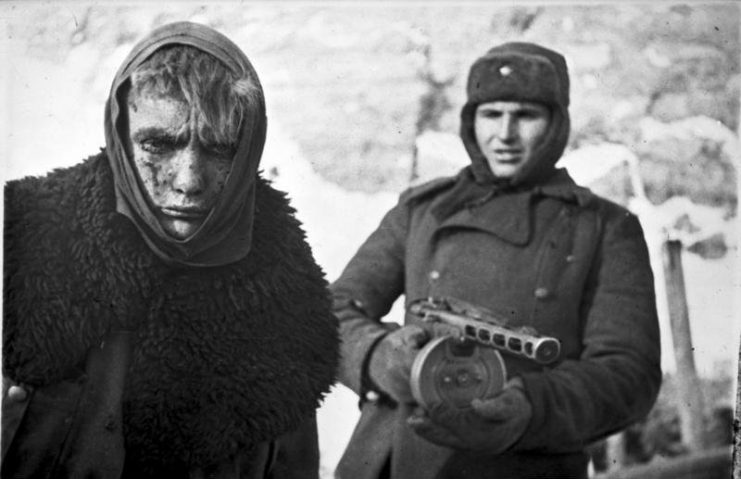
Thanks to the longer barrel and the use of a 7.62×25mm Tokarev cartridge, unlike the .45 ACP or 9 × 19mm Parabellum used in foreign machine guns, the muzzle velocity of the bullet reached 500 m/s, compared to 380 m/s with the MP-40 and 280-290 m/s for the Thompson submachine gun. The high speed of the bullet gave a good flatness of trajectory, allowing shots to accurately hit targets at distances of 270 yards.
The low accuracy of fire at roughly 330 yards or more was offset by the high rate of fire, making it possible to concentrate several shots into one target. This gave a soldier an advantage in a melee, but it also had several drawbacks. These included rapid overheating of the barrel and high consumption of ammunition.
The latter drawback earned the PPSh the unofficial nickname “ammunition eater.” Soldiers also called the weapon “Papasha” (“daddy”) due to its initials.
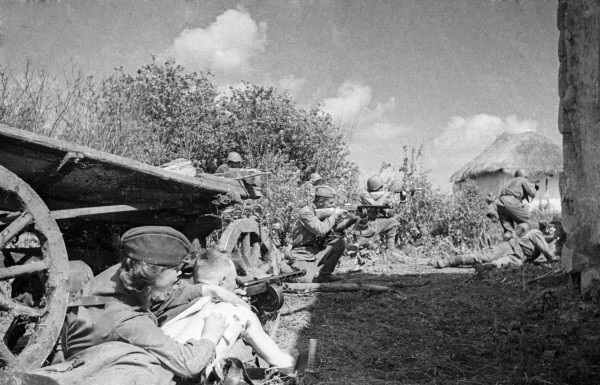
The other disadvantages of the PPSh included a relatively large mass and size, the difficulty of replacing parts, and the possibility of accidentally firing when dropped onto a hard surface. When dust or dirt got into the individual elements of the submachine gun, it caused delays in firing. According to the memoirs of Soviet veterans, when traveling on muddy roads or in open cars they usually kept the PPSh under a raincoat.
The advantages of the PPSh included the 71-bullet capacity of the drum magazine, in comparison to the MP-40’s 32 bullets. However, the drum magazine had little reliability. The box magazine was more reliable, but it was more complicated.
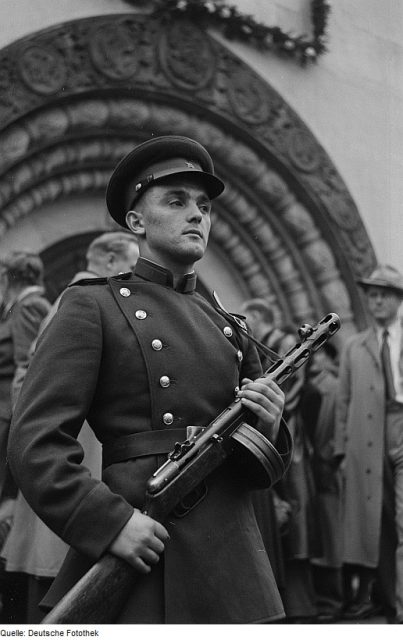
Because of the weapon’s muzzle brake, soldiers who were up to 2-3 yards away from the muzzle occasionally suffered from ruptured eardrums. In the course of battle, the PPSh-41 could be recognized by its high rate of fire and, at night, by its distinctive muzzle flame.
The PPSh-41 was the main weapon in the foreign units of the Red Army. Additionally, the Germans used captured PPSh-41’s as their own weapons. About 10,000 of the Soviet submachine guns were re-equipped according to German standards, from 7.62 to 19 mm.
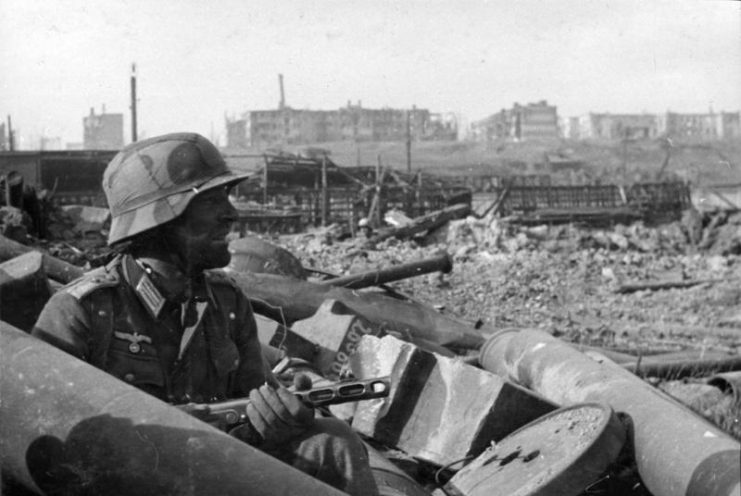
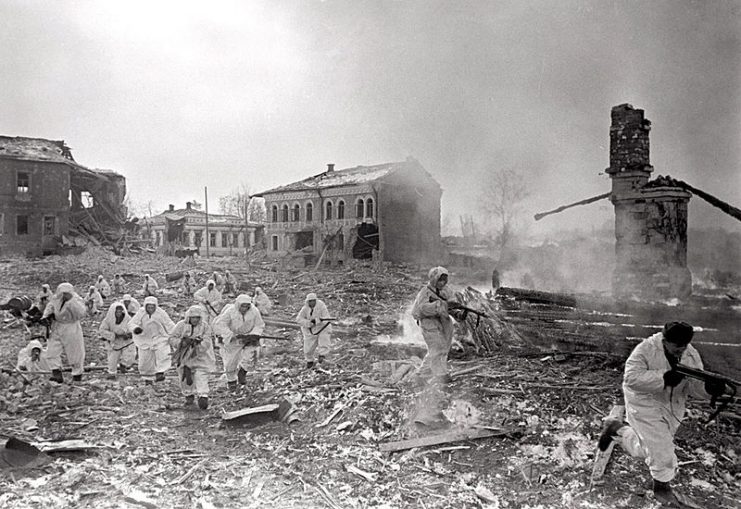
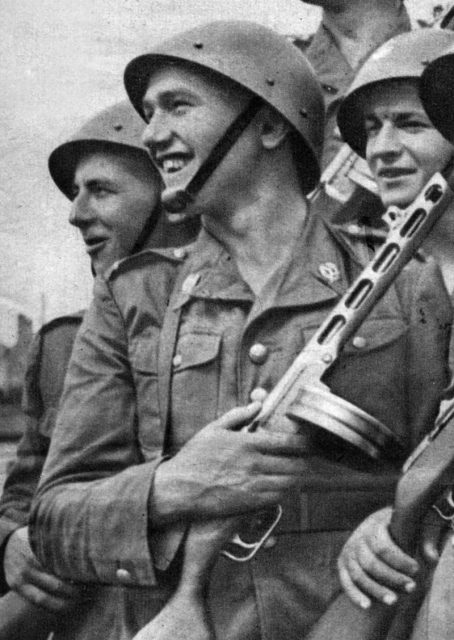
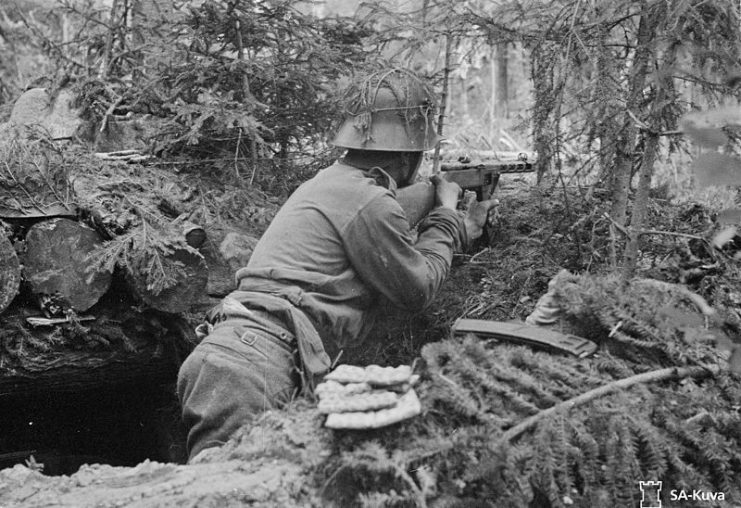
Read another story from us: Sub-Machine Guns – Preferred Weapon of Heroes And Outlaws
In the postwar period, the PPSh was delivered in large quantities to Warsaw Pact countries. Also, a significant number of these weapons was delivered to China. In the mid-1960s, the Red Army gradually replaced the PPSh with a Kalashnikov assault rifle.
The PPSh has remained in service for a long time in various states and has been used in armed conflicts around the world. It was used against American troops at least three times: in Vietnam, in Cuba, and in Korea. Currently, the PPSh is being sold as a modified hunting rifle for amateur shooting.
